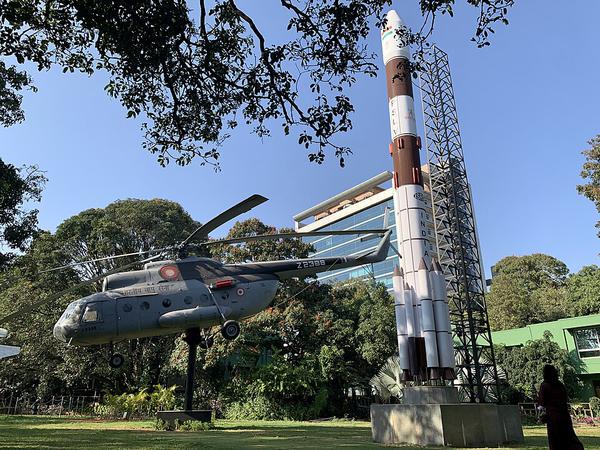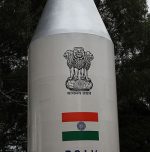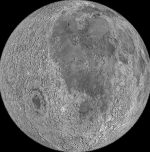ISRO’s spectacular journey from rocket recipient to global launcher

India’s space journey, which began humbly with a donated rocket in 1963, has now reached a remarkable new chapter.
ISRO, once reliant on international support, is set to launch a 6,500 kg American-built communication satellite from Indian soil in the coming months.
ISRO Chairman and Department of Space Secretary, V Narayanan, highlighted this growth during the 21st Convocation of SRM Institute of Science and Technology near Chennai.
He received an honorary Doctor of Science degree from Maharashtra Governor C P Radhakrishnan.
Recalling ISRO’s modest start, Narayanan spoke of November 21, 1963, when India launched its first US-supplied rocket.
By 1975, ISRO had begun using satellite data to support mass communication, reaching 2,400 villages.
On July 30, 2025, ISRO made history once again by successfully launching the NASA-ISRO Synthetic Aperture Radar (NISAR) satellite.
Built jointly by the US and India, this is the costliest Earth observation satellite ever made.
The Indian GSLV-F16 launcher delivered it precisely into orbit, earning NASA’s praise.
In a striking reversal of roles, ISRO will now launch an American satellite, proving how far India’s space programme has advanced.
So far, ISRO has launched 433 satellites for 34 countries using its own rockets.
The agency currently operates 56 active satellites, and plans to triple this number within 2-3 years.
Narayanan also discussed upcoming missions like Gaganyaan, India’s first human spaceflight project, and plans for an Indian space station by 2035.
By 2040, ISRO aims to match the space capabilities of any developed nation.
He emphasised ISRO’s contributions across 55 sectors, including TV broadcasting, disaster management, weather forecasting, and national security.
Notably, during Operation Sindoor, ISRO’s satellites helped ensure the safety of Indian citizens.
India also holds the world record for launching 104 satellites in a single mission, achieved in 2017.
According to Narayanan, India’s space programme has now reached a level where it stands alongside the world’s leading space agencies.
Image Credit: Ank Kumar, CC BY-SA 4.0, via Wikimedia Commons
Image Reference: https://commons.wikimedia.org/wiki/File:ISRO_PSLV_(2020)_08.jpg









